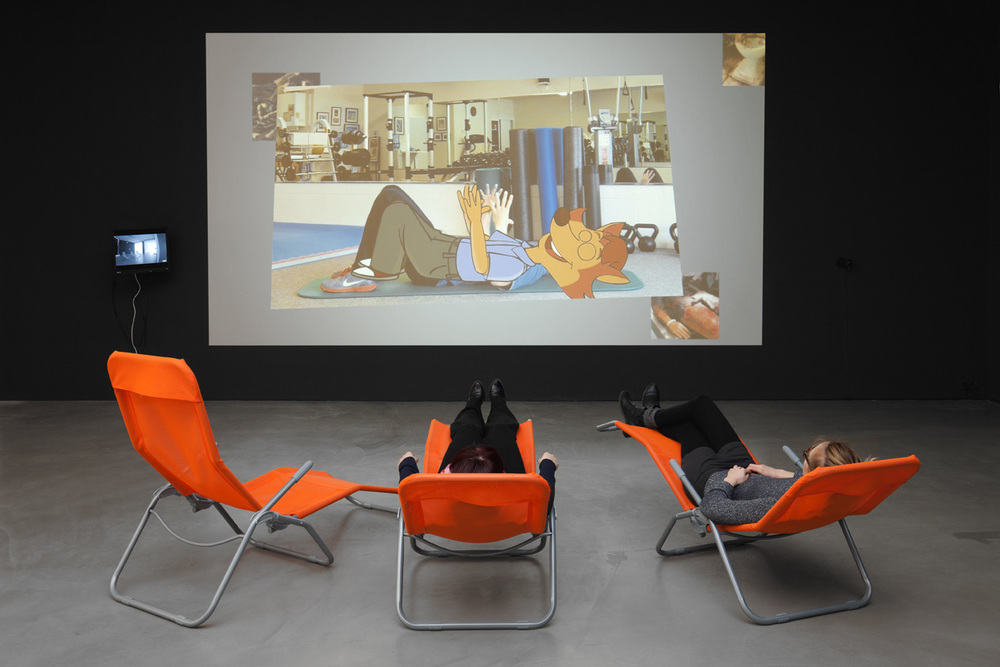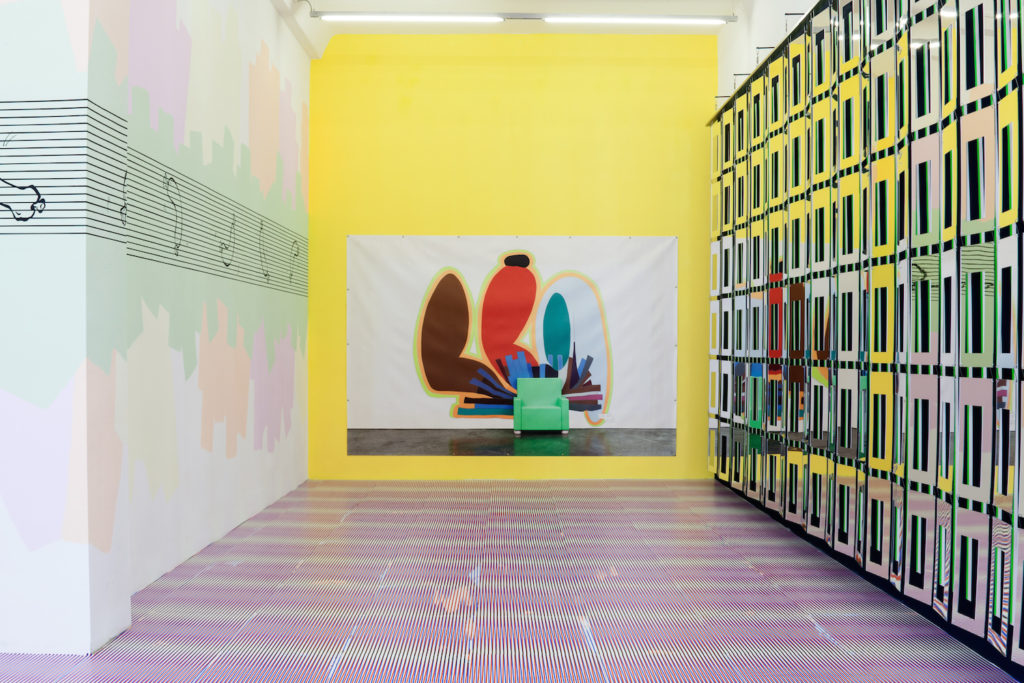Galleries
Berlin’s Arratia Beer Gallery, the Latest Victim of the Mid-Market Squeeze, Says ‘Auf Wiedersehen’ After 12 Years
The gallery had been open since 2006.

The gallery had been open since 2006.

Eileen Kinsella

Add one more gallery to the growing list of mid-size spaces to shutter amid an unforgiving market. In a letter thanking friends and colleagues, Arratia Beer gallery co-founder Euridice Arratia announced on Saturday that the well-respected Berlin space has closed. The last exhibition listed on its website was a group show entitled “A Brune Figure in Winter Evening Resists Identity” that closed in mid-April.
Arratia did not give a reason for the closure, and the gallery did not immediately respond to a request for comment. “I initially started the gallery in 2006 with Elizabeth Beer. From that moment on, we have had the enormous pleasure and privilege to work and grow together with an extraordinary group of artists,” she wrote in her letter. Since opening in 2006, the gallery has worked with a dynamic roster of artists, including Maria Anwander, Patty Chang, Omer Fast, Holly Hendry, Mary Reid Kelley, and Javier Téllez.

Installation view of “My Lonely Days Are Gone / Part 2” at Arratia Beer Gallery.
Arratia said many other artists, musicians, fashion designers, performers, writers, and curators had provided the gallery with “unconditional support” over the years. She also cited “museum colleagues and committed collectors” for their instrumental role in supporting the gallery.
The gallery was considered a “mainstay” of Art Basel and other major fairs right up until 2017, collector Alain Servais noted in a recent tweet.
“After 12 years Arratia Beer Gallery is now closed” ?despite being a mainstay at Art Basel and other major art fairs until 2017 #GrowOrGo pic.twitter.com/DPJExER7eJ
— alain servais (@aservais1) August 25, 2018
The closure is part of a perplexing trend in the art world. Numerous mid-size galleries have shuttered in recent years, as owners struggle to address an array of economic challenges, including skyrocketing rents and the high costs associated with participating in art fairs each year.
Many gallerists have opted for alternative models—such as operating private dealerships, relinquishing their brick-and-mortar spaces, or simply moving away from expensive art hubs for cheaper territories in the hope that the crowds and collectors follow.
Recently, NADA, the New Art Dealers Alliance, announced it was pulling the plug on its New York fair altogether to dedicate its resources to gallery programming—just the latest effort to find alternative business models amid the ongoing squeeze.